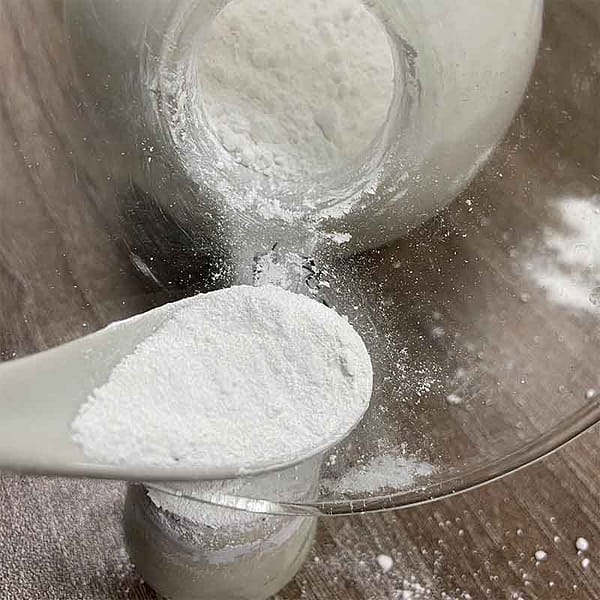In the vast canvas of industries of titanium dioxide, which is also referred to as TiO2, titanium white, also known as Pigment White 6 (PW6), emerges as a shining star, particularly in the realms of paints, plastics, paper, and rubber. This versatile substance with its sparkling white pigment plays a important role in turning raw materials into vibrant, finished goods. Learn about the various applications of titanium dioxide and their manufacturing methods. Find out the effect it can have on various industries.
The Canvas of Titanium Dioxide – A Palette of Possibilities
Titanium dioxide plays a vital role in the manufacture of many products used in everyday life. It improves the function and beauty of these products. Pigment White 6 is used to create paints. It gives a clear and opaque white that improves the vibrancy of artistic and industrial applications.

In the plastic industry, titanium dioxide provides not only color but also acts as a UV stabilizer providing protection against the harmful effects of UV radiation. Its dual functionality makes titanium dioxide a crucial component in different plastic products. These range from durable outdoor goods to packaging materials.
The Manufacturing Alchemy – Titanium Dioxide Production Processes
The manufacturing of titanium dioxide is a complex process, with two predominant methods leading the way in the process: the sulfuric acid method and the chlorination method. Each method is distinctive and can be used in different ways. This contributes to the versatility of Titanium dioxide for various industries.
Sulfuric Acid Method. This involves the reaction of the ore that contains titanium with sulfuric acid, creating a titanium sulfate. This solution is then hydrolyzed in order to produce hydrated titanium dioxide. After calcination the final product will be a fine, white powder that can be utilized in a variety of industries, including paint and paper.
The process of chlorination: By contrast, the chlorination method utilizes chlorine gas to make with titanium-bearing ore to create titanium Tetrachloride. After a series if chemical reactions, titanium tetrachloride could be converted to pure titanium oxide. This technique is used extensively in the creation of titanium dioxide for rubber and plastics industries.
Titanium Dioxide Applications: Art and Science
Titanium Dioxide is a pigment which has a sparkling shine across every industry. The capability of titanium dioxide to give a vibrant white, crisp color, and high coverage, makes it an ideal choice for industrial and residential applications. The vibrant white hue it gives to canvas is not just an aesthetic one however, it also serves as a functional. It increases the durability of painted surfaces.
Shaping Plastics with Radiance: In plastics, titanium dioxide serves a dual purpose. Beyond its role as a white pigment it acts as a UV stabilizer, providing crucial protection against the degrading effects of sunlight. It is commonly used in outdoor plastic products to guarantee their durability and appearance.
Paper Whiteness and Opacity In the paper industry, titanium dioxide contributes to the whiteness and transparency of paper products. The addition increases the brightness of the paper, which makes the printed material more vibrant and clear. The role of titanium dioxide in the paper-making process is more than aesthetics. It’s vital to making printed materials.
Rubber Resilience and UV Resistance: The rubber industry is benefited by the UV protection provided by titanium dioxide. In rubber products, especially ones that are exposed to outdoor conditions titanium dioxide functions as a shield to protect against the harmful effects of UV radiation, which ensures the durability and performance of rubber-based items.
Titanium Dioxide: Beyond Pigment and its Invisible Effect
Titanium dioxide is a very visible pigment. But its effect goes beyond its color. Its capacity to improve the strength, durability and longevity of various industrial materials makes the compound an invisible important contributor to the efficiency and quality of the final products.
The result is that titanium dioxide transforms into a substance with profound significance that seamlessly integrates itself into multiple industries. Pigment White 6 is a pigment that can add glamor to the canvas of every kind that are industrial or artistic. Its production is a combination of two processes that include chlorineation and sulfuric acid. This makes it suitable for a wide range of applications. The harmonious blend of science and art manufacturing is evident when titanium dioxide enhances the appearance of papers, increases paint’s visual appeal, strengthens plastics against ultraviolet rays, or protects rubber. Its dazzling light shines through our daily lives and forms a wide range of products with enduring radiating.